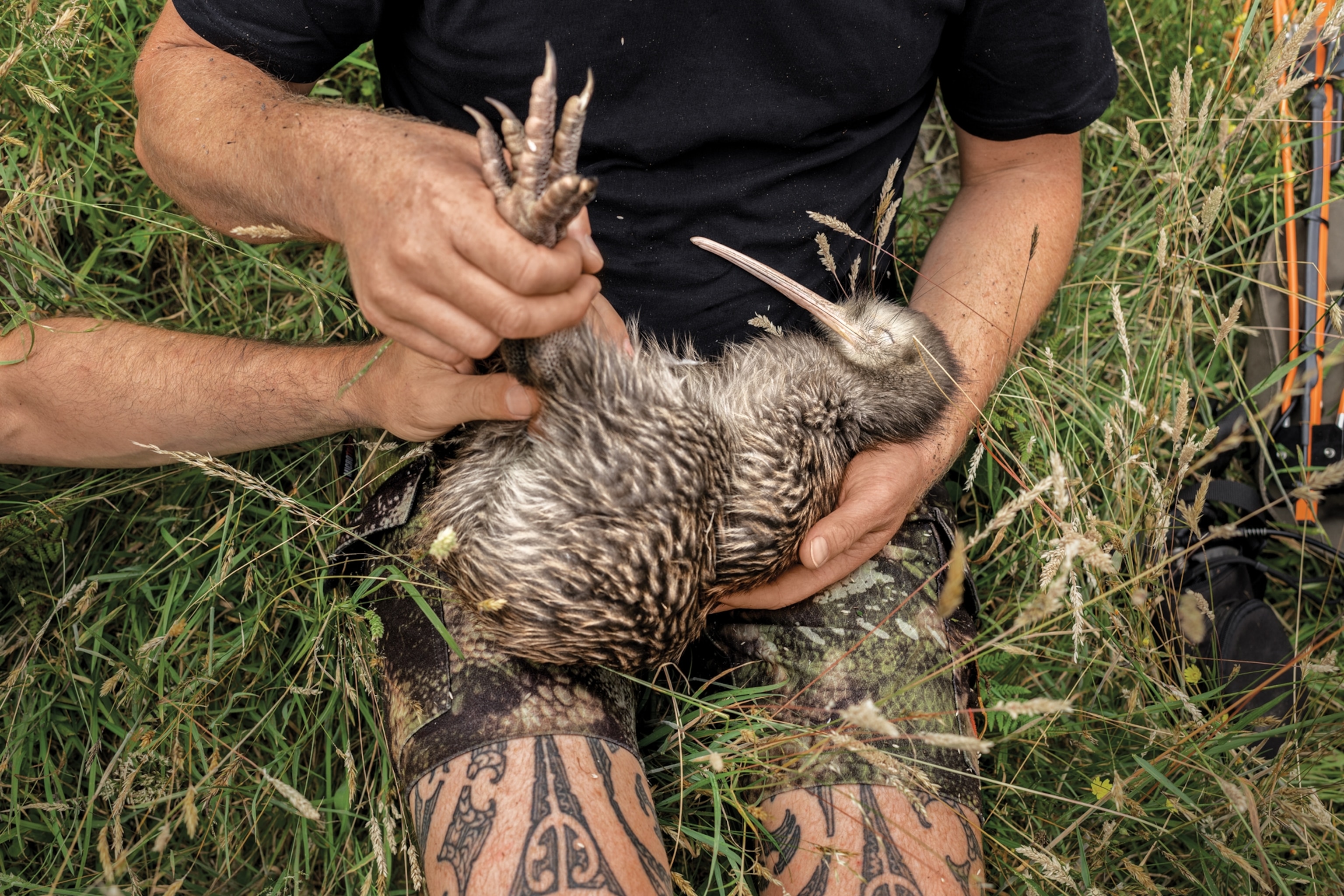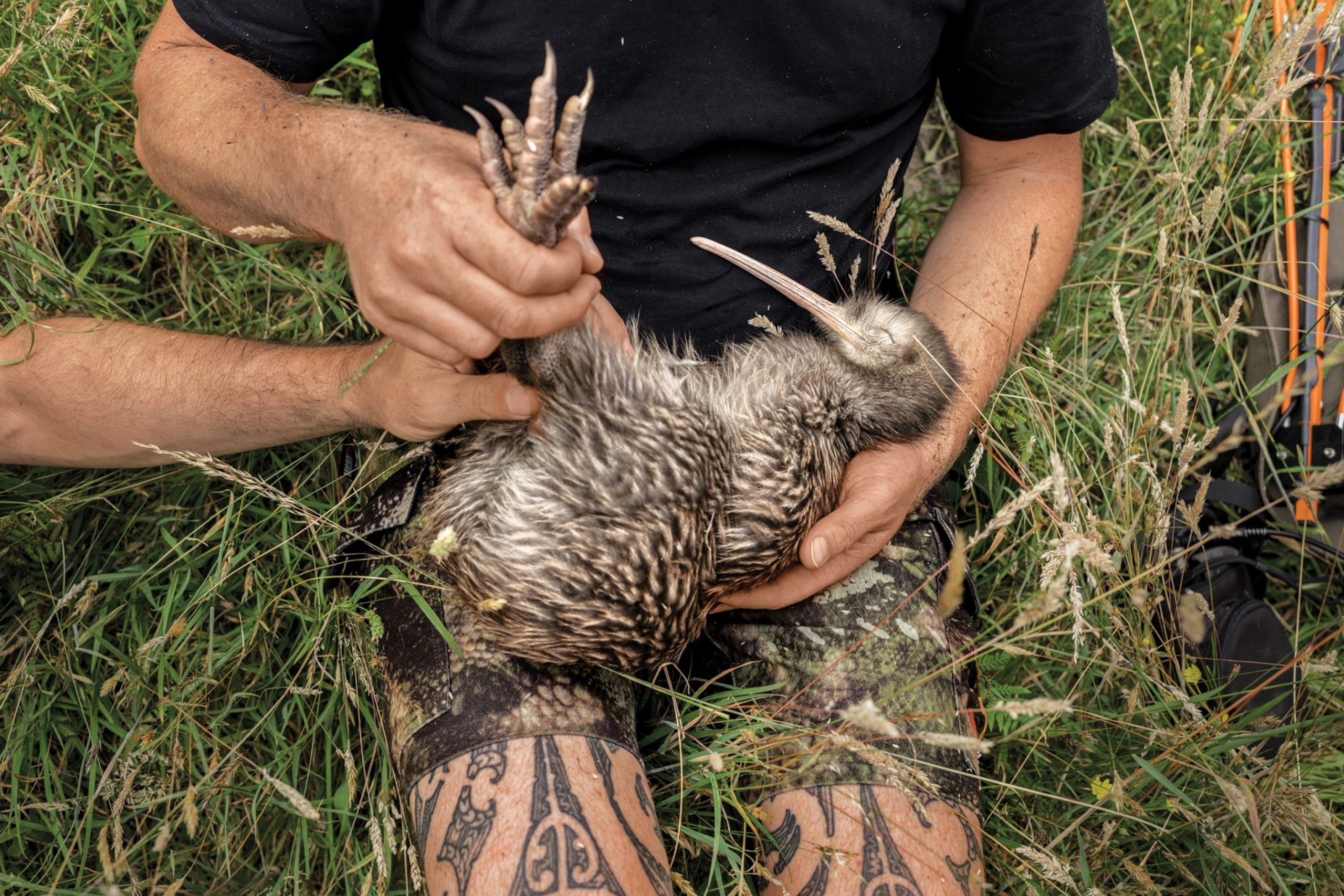
Title: Wildlife is Redefining the Guidelines on Daily Activity Trends, Global Study Discovers
In the realm of nature, the notion that animals follow a consistent internal clock to determine their active and resting periods has long influenced scientific inquiry and conservation efforts. Traditionally, species have been classified into diurnal (active during the day), nocturnal (active at night), crepuscular (active at dawn and dusk), or cathemeral (irregularly active). However, a pioneering global study is contesting these entrenched beliefs, showing that wildlife exhibits much more adaptability in its daily habits — particularly in response to shifts in the environment and human activities.
A team of researchers examined nearly 9 million images captured by camera traps across 38 nations and over 200 independent monitoring initiatives, resulting in the richest global database to date on mammal activity trends. By compiling data on 445 species, the study determined that less than half of the animals conformed to conventional time-of-day classifications.
The results, published in the journal Science Advances, hold significant implications for wildlife biology, conservation, and our comprehension of how human expansion is affecting the natural rhythms of ecosystems.
“The most remarkable takeaway is that when taught that an animal is diurnal or nocturnal, it isn’t always accurate,” remarked Brian Gerber, a co-author of the study and former research ecologist at the University of Rhode Island. “Animals are adaptable — many alter their behaviors, often quite frequently.”
Camera traps, which are motion-activated devices set up in natural surroundings to capture wildlife images, have quietly transformed ecological research. These discreet devices gather vast amounts of data from various habitats — deserts, forests, grasslands — enabling researchers to gain insights into species behavior over time without direct human interference.
Dr. Humberto Perotto, an associate professor at Texas A&M’s Department of Rangeland, Wildlife and Fisheries Management who was involved in the study, highlighted this significance: “Our assertions were predominantly based on anecdotal proof, but this research endeavor truly quantifies that wildlife species do not strictly conform to these categories, and our evolving environment impacts their activity.”
Influenced by Human Activity, Geography, and Climate
The research identified numerous factors that affect animal activity patterns:
– Human Development: In regions with elevated human presence, particularly in North America, wildlife increasingly shifted to nocturnal habits. This trend is likely an adaptation to evade human interaction. Roads, construction, and bustling neighborhoods encourage animals to seek refuge during the night for safety.
– Body Size and Geography: Smaller mammals worldwide were more inclined to be nocturnal, while species with expansive geographic ranges displayed greater flexibility — transitioning between diurnal and nocturnal activity as necessary.
– Seasonal Variations in Daylight: The availability of daylight, especially throughout the year, significantly influenced activity timing. In areas with pronounced seasonal light changes, mammals adapted their activity patterns accordingly.
– Distance from the Equator: Species residing further from the equator exhibited more variability in their daily schedules, likely as a response to wider seasonal fluctuations in daylight and temperature.
Perotto’s Texas-based camera traps — initially set to observe Rio Grande wild turkeys in the Edwards Plateau — added over 56 recording sites to the data collection. “We gained far more insights than we expected from what else crossed our cameras. Deer, bobcats, coyotes, armadillos — their rhythms unveiled a deeper narrative,” he noted.
Consequences Beyond Timing
While adapting to human presence may appear as a clever evolutionary adjustment, these changes are not devoid of repercussions. Alterations in activity timing can interfere with feeding cycles, breeding patterns, energy consumption, predator-prey relationships, and even exposure to parasites and diseases.
For instance, if a species must become more nocturnal to evade humans but does not possess the physical traits or sensory adaptations suitable for nighttime, its survival may be compromised. Conversely, predators might unexpectedly venture out during daylight, impacting both their prey and human safety.
The study’s worldwide perspective debunks the belief that behavioral changes triggered by human intrusion are isolated events. “This issue is not confined to local or regional contexts,” Gerber stated. “It’s evident on every continent where we’ve deployed cameras.”
A Guide for Future Conservation Efforts
This groundbreaking project encapsulates over 10,000 years of collective monitoring data and sets the stage for a novel approach to conservation — one that recognizes behavioral flexibility.
Conservation strategies often depend on assumptions regarding species activity, particularly when determining access to protected areas, tourism timelines, or wildlife corridors. “We must cease categorizing species in fixed frames,” Perotto stressed. “Their behaviors are responsive and dynamic, and our conservation approaches must align with that truth.”
The researchers call for wider implementation of long-term, standardized camera trap studies to further investigate how wildlife behavior evolves over time. As pressures from land use increase and climate changes persist, additional research can aid in predicting how mammals will adapt — or struggle — amidst escalating human influence.
Ultimately, the discoveries
